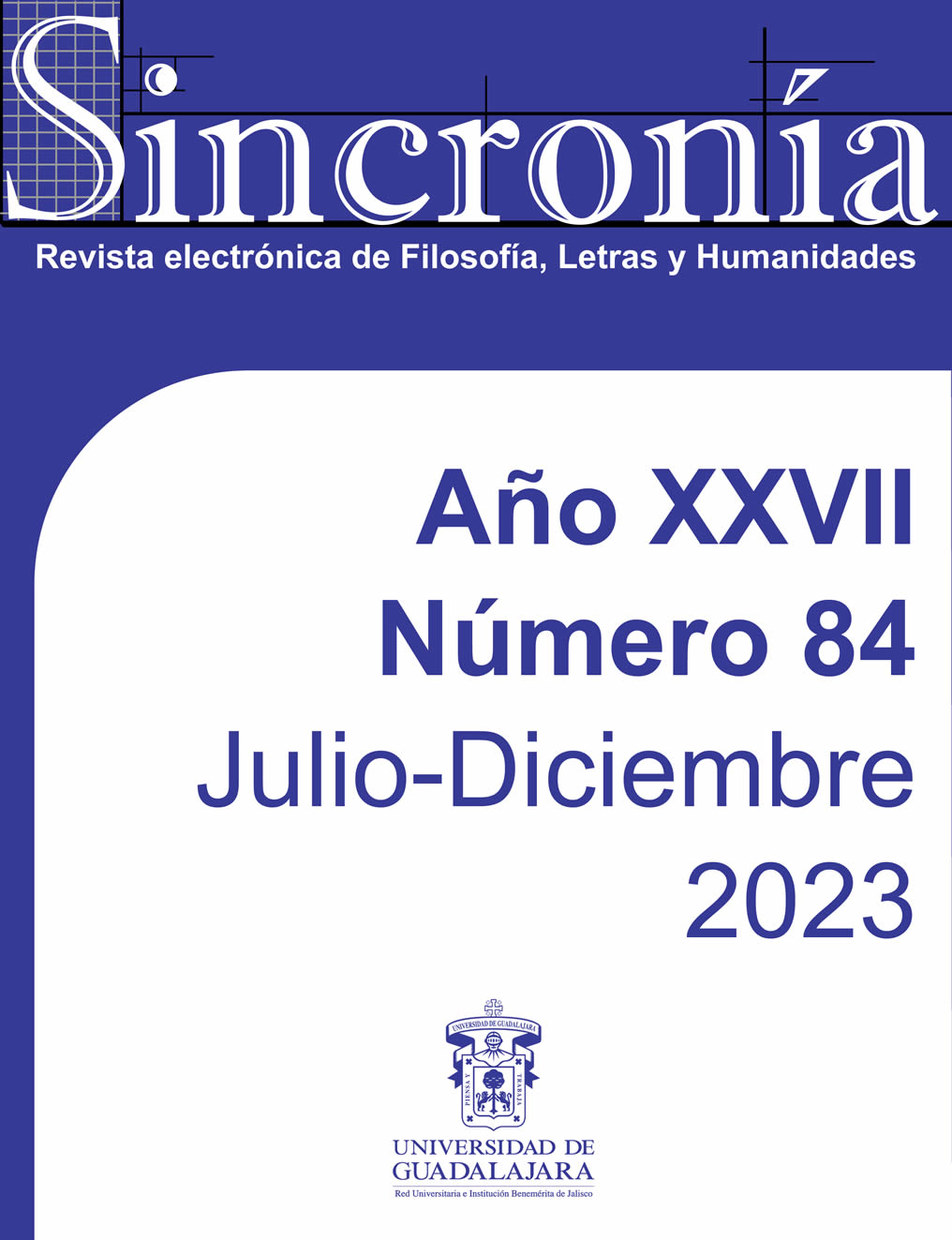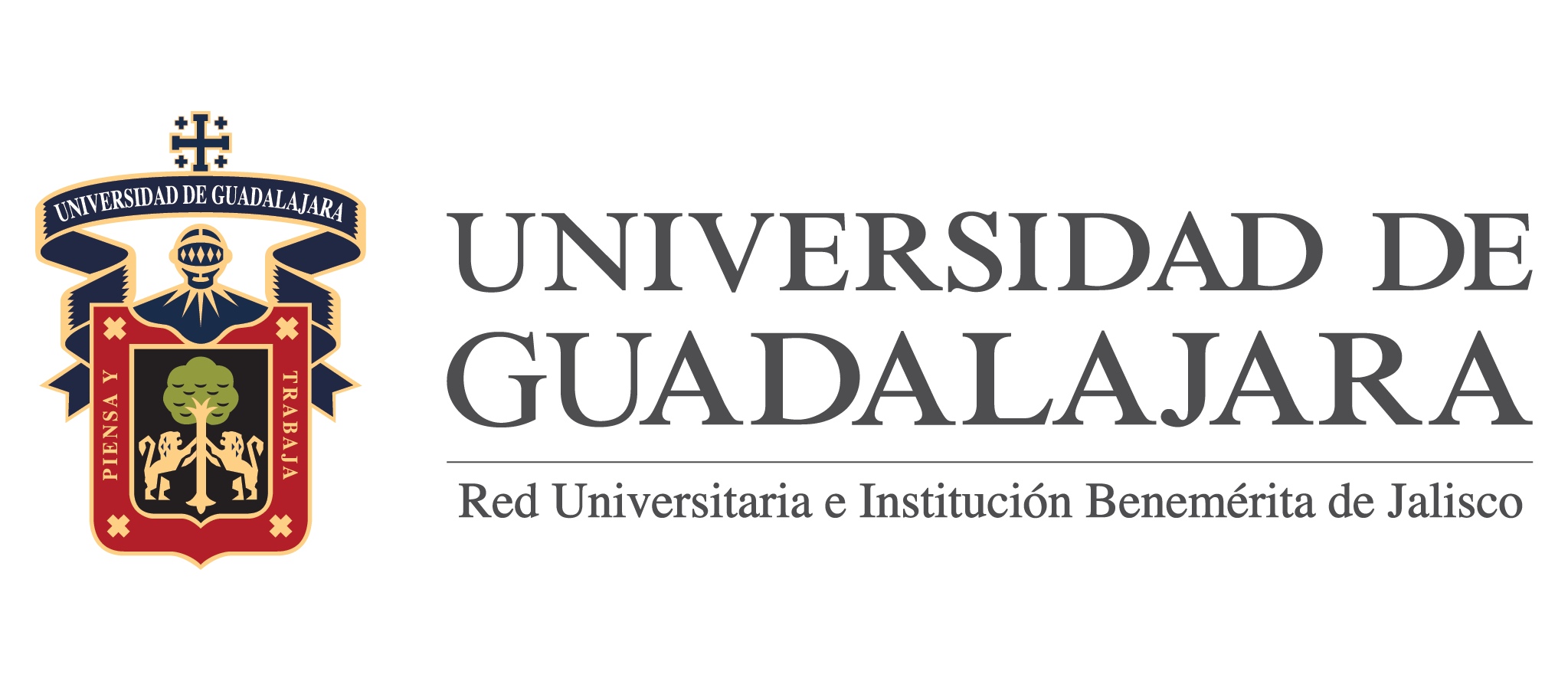Use of Mondly as an Augmented Reality tool for practicing Spanish with English-speaking students.
Keywords:
Bilingualism, Communicative Competencies, Didactic Lesson, Emerging Technologies, Augmented RealityAbstract
The digital revolution has allowed for the development of various disruptive tools that can be integrated into educational processes, providing new learning opportunities that respond to the challenges faced by education in the 21st century. The objective of the study was to develop a didactic lesson for Spanish II course, applying the Mondly tool as an Augmented Reality platform for the practice of communicative skills in the Spanish language, among K12 students at Halifax County High School in Virginia, United States. A quasi-experimental, descriptive, explanatory, correlational, and experimental model was implemented with a mixed approach, using a pretest-posttest, a Likert-type survey, and focus groups. This article will address the qualitative results of the research, which found that there is a high degree of development in the communicative skills of the experimental group compared to the control group, indicating that Augmented Reality becomes a curricular and extracurricular technological medium that contributes to Spanish language learning. As a conclusion of this research, it can be affirmed that the incorporation of this technology as a didactic tool for immersion in the learning of a second language from digital contexts is necessary in a synchronous and asynchronous way.
Downloads
Published
How to Cite
Issue
Section
License
Copyright (c) 2023 Yhon Jairo Imbachi Rojas, Orlando González Bonilla and Jorge Oswaldo Babativa Muñoz

This work is licensed under a Creative Commons Attribution-NonCommercial 4.0 International License.
You are free to:
- Share — copy and redistribute the material in any medium or format
- Adapt — remix, transform, and build upon the material
- The licensor cannot revoke these freedoms as long as you follow the license terms.
Under the following terms:
- Attribution — You must give appropriate credit , provide a link to the license, and indicate if changes were made . You may do so in any reasonable manner, but not in any way that suggests the licensor endorses you or your use.
- NonCommercial — You may not use the material for commercial purposes .
- No additional restrictions — You may not apply legal terms or technological measures that legally restrict others from doing anything the license permits.




























